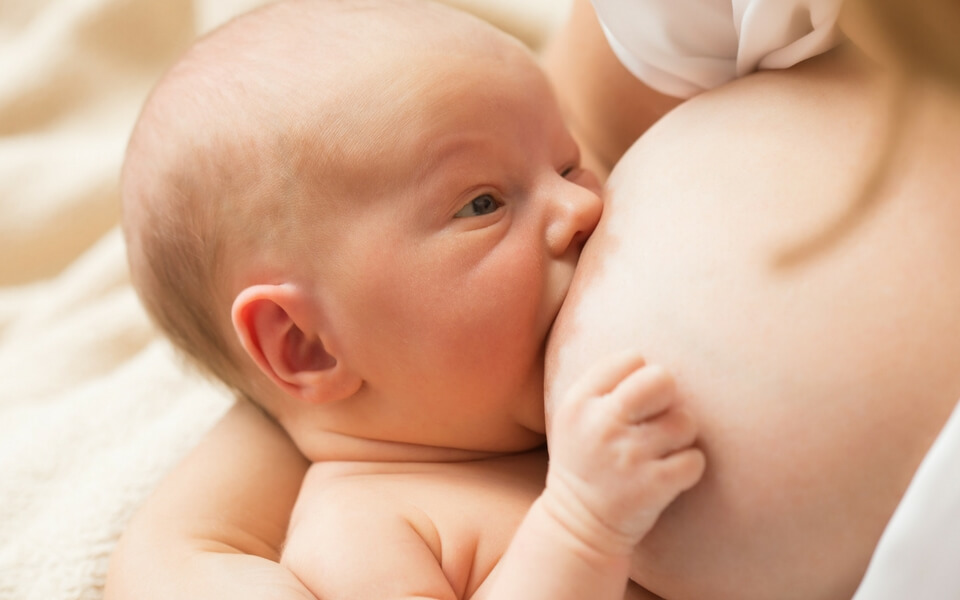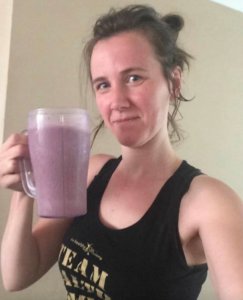Why your breast size doesn’t affect your ability to breastfeed
Whether your breasts are big or small, fear not, you can still successfully breastfeed your baby.
And if you have large breasts, it doesn’t mean you’re guaranteed to have more milk than those with smaller ones.
Here is why the size of your breasts doesn’t affect your ability to breastfeed….
Size doesn’t matter when it comes to breastfeeding
Contrary to popular belief, the size of your breasts makes absolutely no difference in regards to breast milk production.
“Breasts come in all shapes and sizes, and all of them work just fine for breastfeeding. The size of a woman’s breasts, whether large or small, doesn’t reflect their milk-making capacity, nor how easy breastfeeding is. Breasts are made up of fatty tissue, glandular tissue and connective tissue,” says the Australian Breastfeeding Association (ABA).
“Just like any new mum, positioning and attachment is the key. Although it can be trickier with larger breasts to get the positioning and attachment that works best, practice makes perfect.”
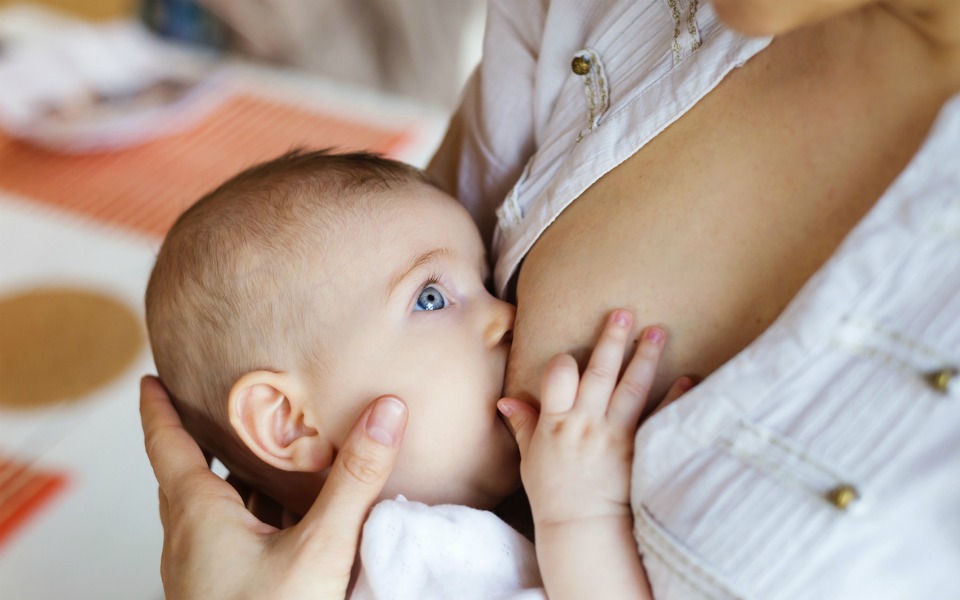
Breast structure
Breasts are made up of fatty tissue, glandular tissue and connective tissue. The size of your breasts reflects how much fatty tissue there is.
Each breast has lobes of glands where the milk is made. These glands contain clusters of alveoli, which are little hollow sacks with milk-making cells around the outside and the milk in the centre.
From these alveoli run tubes, called ducts, which carry the milk towards the nipple. The milk flows from these ducts out through tiny openings in the nipple.
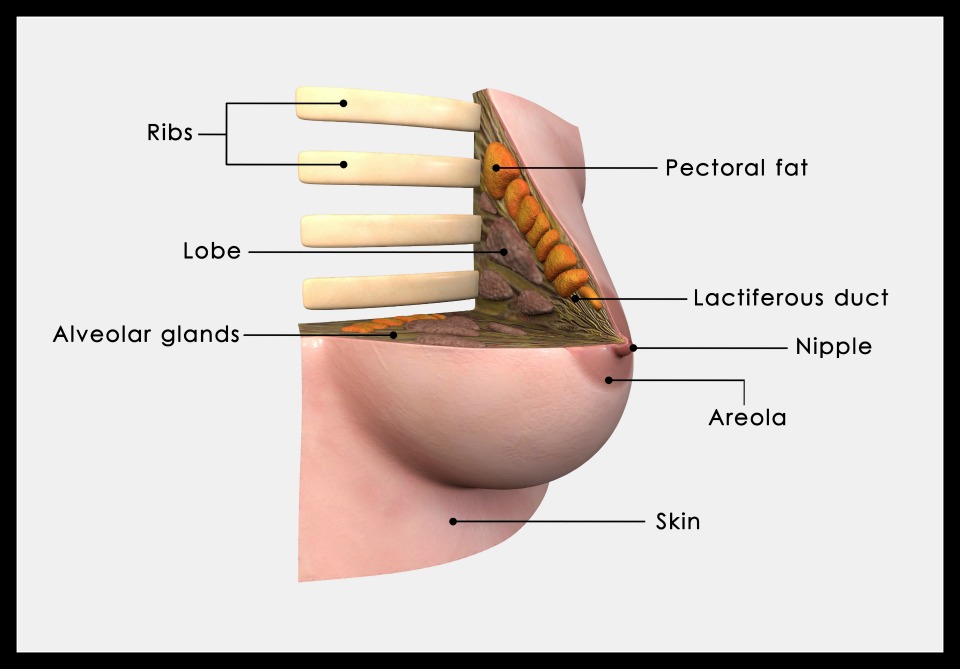
According to the ABA, the size of the breast is not related to how well it can make milk.
9 facts about breast milk production
- The breast is made up of fatty and support tissue as well as milk-making glands.
- Women store different amounts of milk in their breasts.
- This is not necessarily related to overall breast size.
- This may affect how often women need to breastfeed their babies.
- A woman with a smaller storage volume may need to feed her baby more often than a woman with a larger storage volume.
- However, both women will make about the same amount of milk each day.
- It is also common for a mother to have a different amount of storage in one breastcompared to the other. She may find her baby spends longer feeding on one side than the other. This is perfectly normal.
- Babies born to the same mother sometimes have very different feeding patterns.
- Breast storage volume is only one factor in how often a baby feeds.
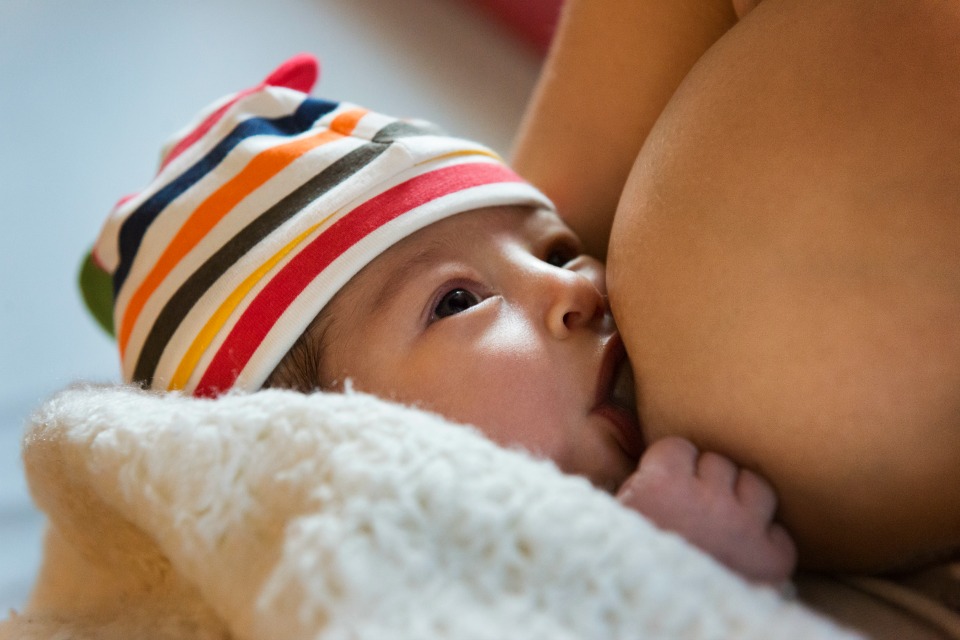
How breast size can affect the way and position you feed
While the size of your breasts won’t affect your milk supply or production, it can affect the way and position you feed your baby.
For example, those with smaller breasts might have to hold their baby quite high to feed. In this instance a breastfeeding pillow is usually not required.
Many smaller-breasted mums can feed their baby in a more upright position.
Women with larger breasts might find it slightly tricker to master positioning and attachment, especially if your breast is three or four times larger than your baby’s head. But practice makes perfect. The ABA suggests that it might be easier for women with bigger boobs to lie down to feed their baby.
And if you are worried about your baby’s feeding, breastfeeding and constant lack of energy – we advise that you speak with your healthcare practitioner.

